Cards In This Set
| Front | Back |
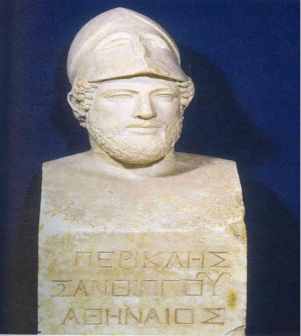 |
High Classical. Pericles. Acropolis= brain child of Pericles. Shows him as a general. Leader of Athens.
|
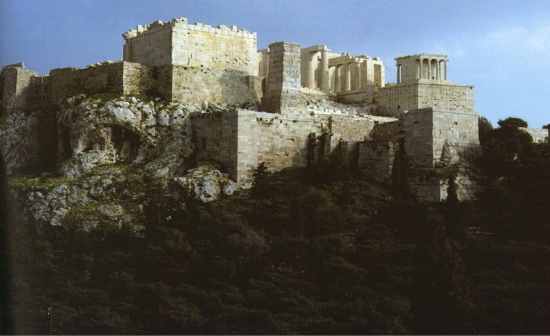 |
High Classical. Acropolis. Ancient Athens, Symbol of power and empire.
|
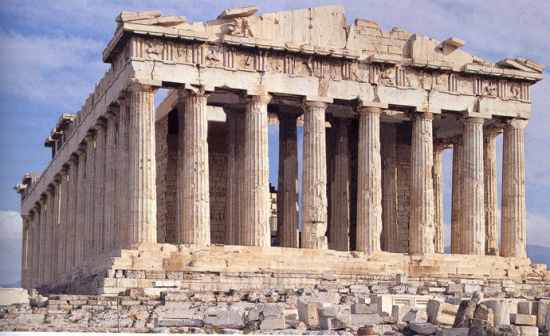 |
High Classical. Parthenon, Athens. Pentelic Marble. Supervised by Phidias. Architects= Iktinos and Kallikrates. Never functioned as a temple. Part Doric/Part Ionic to show political influence. Dedicated to Athena Pathenos (Athena the Virgin). Contains no true verticle or horizontals.
|
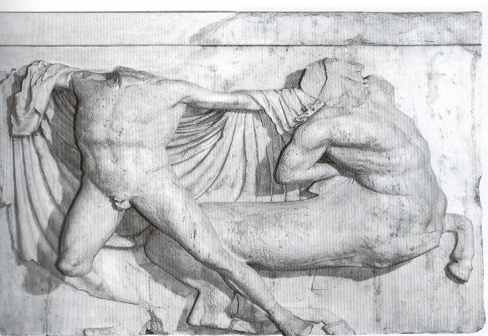 |
High Classical. Parthenon, Athens. South Metope. Struggle between Lapith and Centaur. Deep Relief.
|
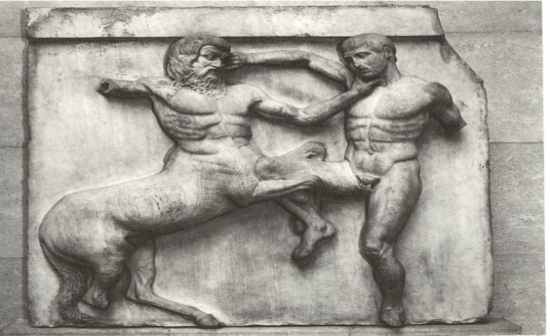 |
High Classical. High Relief. Centaurs= barabaric.
|
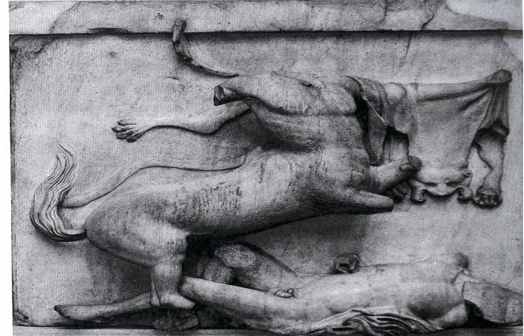 |
High Classical. Parthenon, Athens. Originally painted.
|
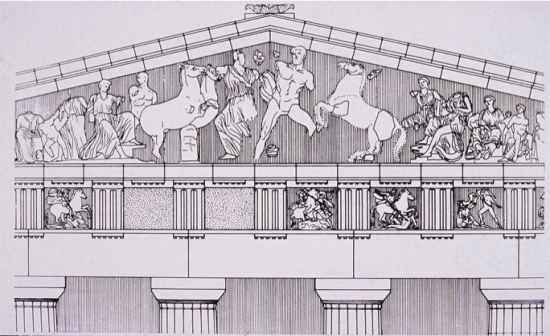 |
High Classica. Parthenon, Athens. Drawing of a reconstruction of the west pediment. Positioned in triangular space probably worked out by Phidias. West Pediment shows contest between Athena and Poseidon. X composition in the center.
|
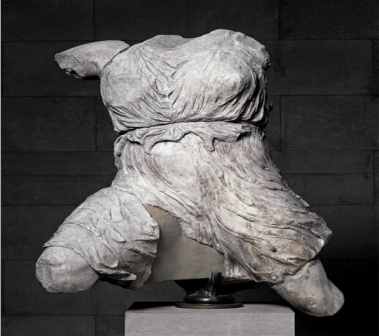 |
High Classical. Phidias introduces the wet drapery style to Athens.
|
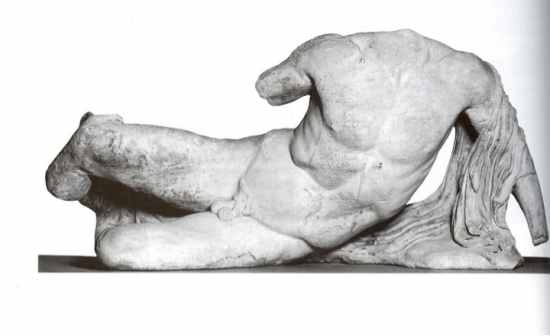 |
High Classical. Parthenon, Athens. West Pediment. Reclinging male corner figure (personification of the river Ilisos.
|
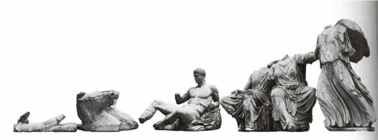 |
High Classical. Parthenon, Athens. Eastern Pediment. Canter was the birth of Athena. Carved by Phidias. Shows a 24 hour period of time from sun to moon, left to right.
|
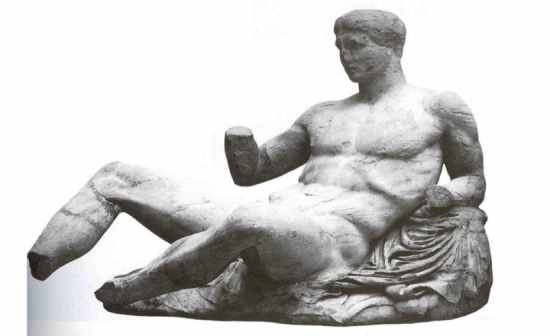 |
High Classical. Phidias. Parthenon, Athens. May be Herakles or Dionysis.
|
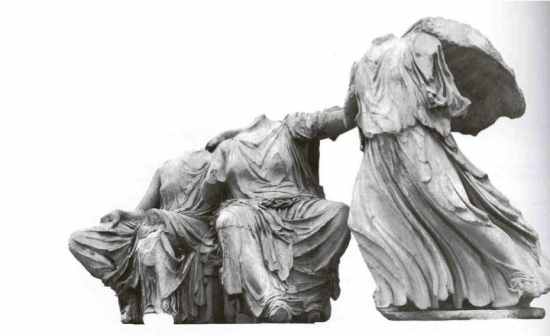 |
High Classical. Parthenon, Athens. East Pediment. Demeter and Kore and a messanger. Carved by Phidias.
|
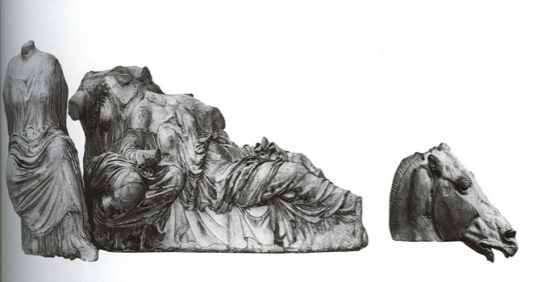 |
High Classical. Parthenon, Athens. Frieze. Represent Charit, Charm and beauty (3 graces). By Phidias. Wind Drapery presented.
|
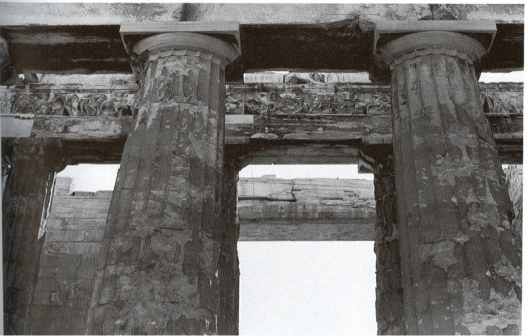 |
High Classical. West frieze. Shows Panthenaic procession- major festival.
|
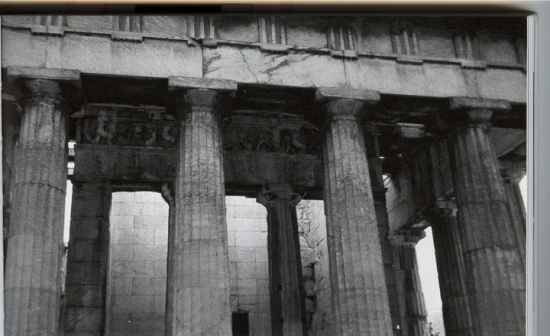 |
High Classical. Found at the foot of the Acropolis.
|



